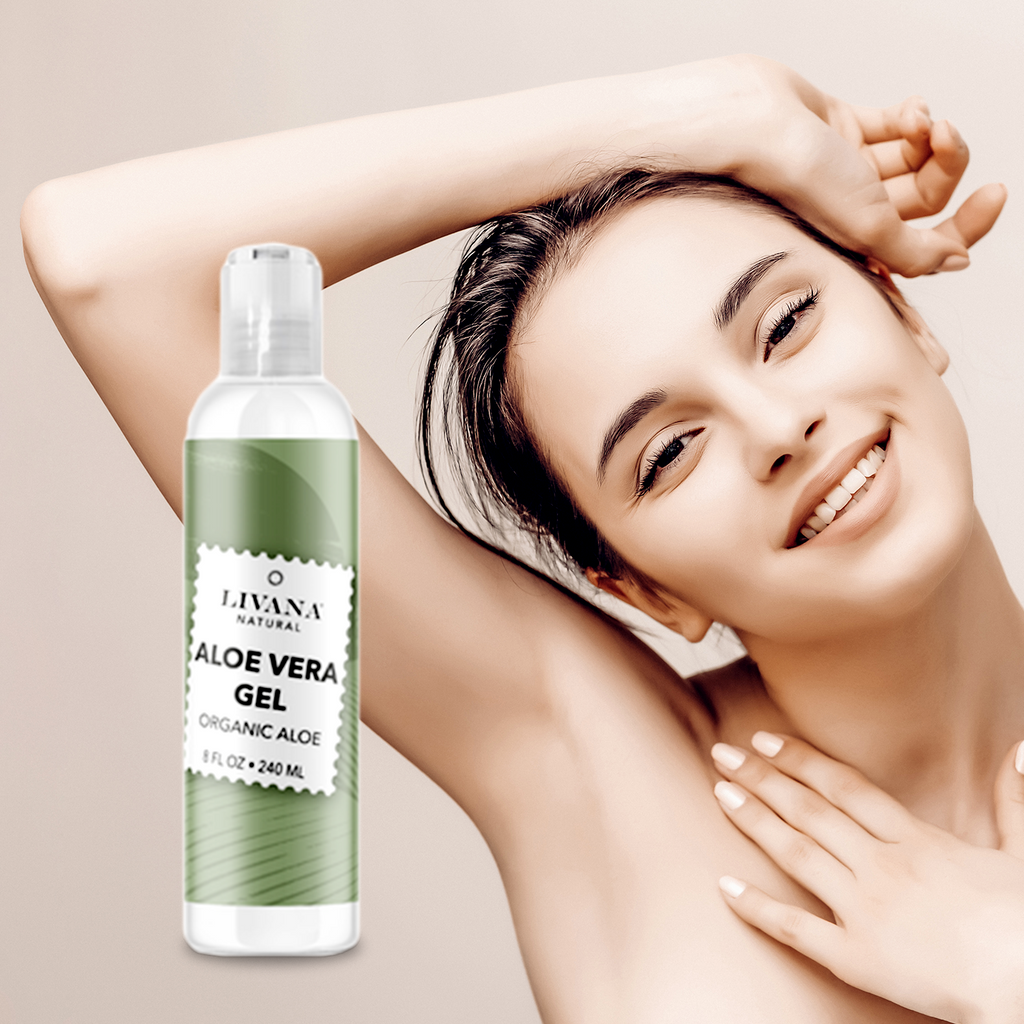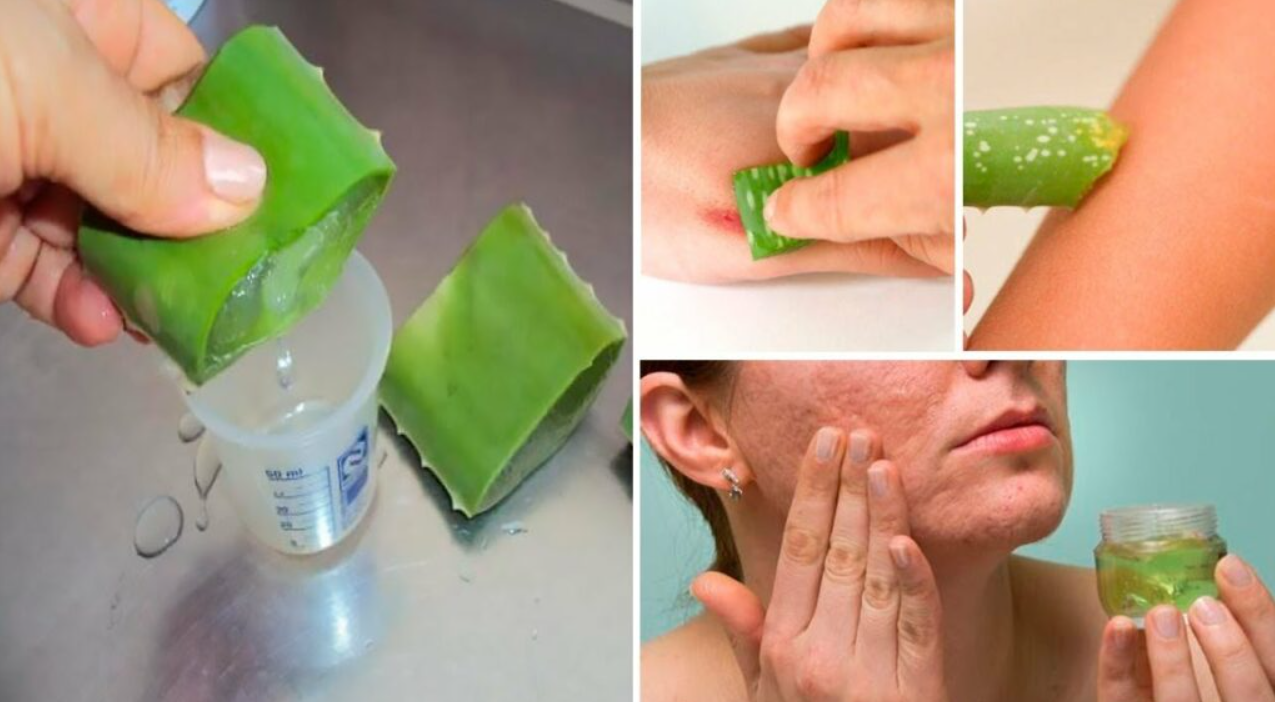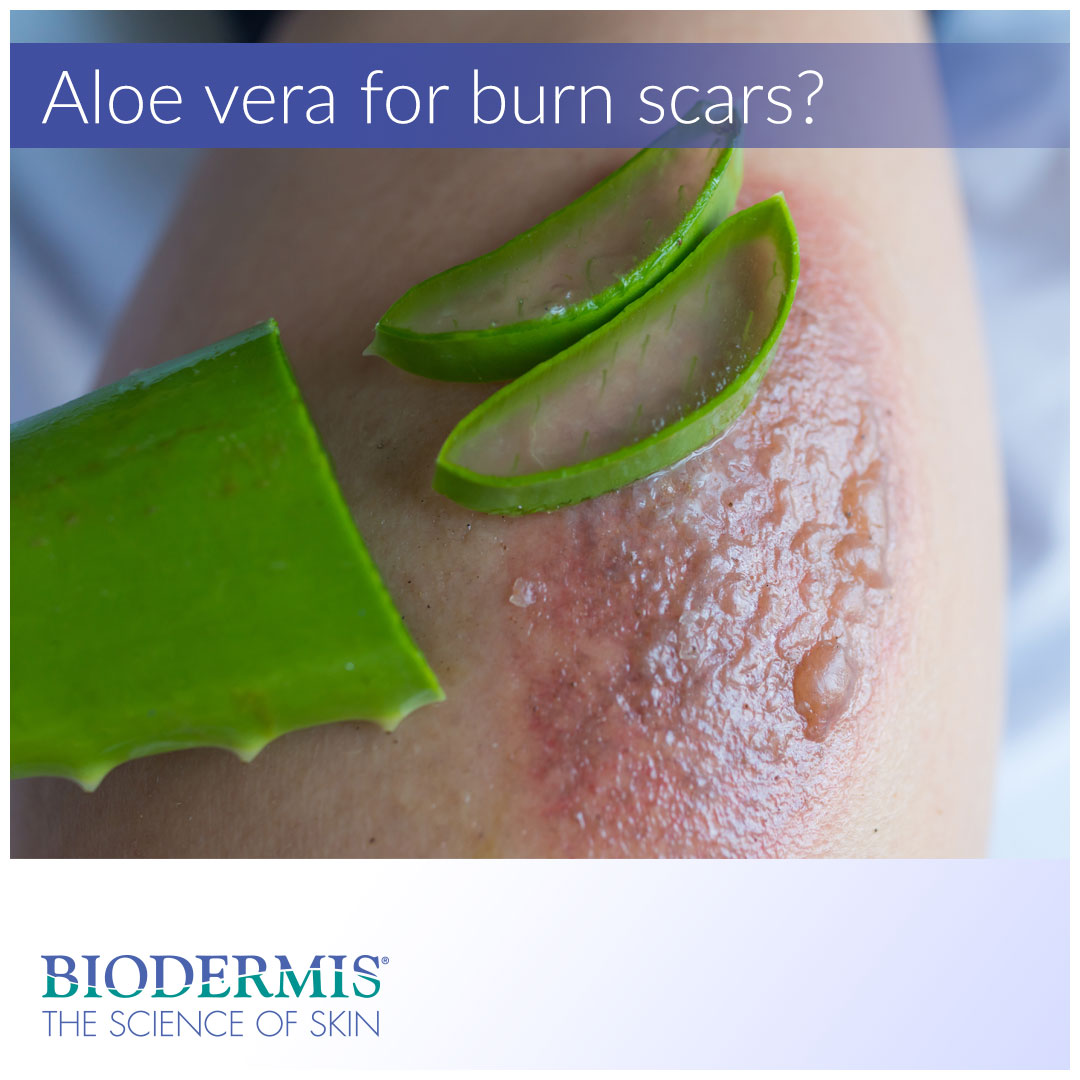Aloe Vera Is Burning My Skin

The midday sun blazed, casting long shadows across Sarah’s garden. Her aloe vera plant, usually a vibrant green beacon of hope, sat innocently on the windowsill. But something was amiss. The very gel, meant to soothe, felt like fire against her skin.
While aloe vera is widely celebrated for its soothing properties, a growing number of individuals are reporting adverse reactions, including burning sensations, redness, and irritation. This phenomenon, though seemingly paradoxical, highlights the complexities of natural remedies and the importance of understanding individual sensitivities and product quality.
A History of Healing Turned Sour?
Aloe vera has been used for centuries, dating back to ancient Egypt, where it was known as the "plant of immortality." Its gel, rich in vitamins, minerals, and amino acids, is traditionally used to treat burns, wounds, and other skin ailments.
The plant's reputation as a healing powerhouse is deeply ingrained in popular culture, making the recent reports of adverse reactions all the more surprising.
Sarah's Story: From Relief to Regret
Sarah, a self-proclaimed "aloe vera enthusiast," had always relied on the plant to soothe sunburns and minor cuts. “It was my go-to for everything,” she explained, her voice tinged with frustration.
This time, however, was different. After applying the gel to a mild sunburn, her skin erupted in a fiery rash. “It was like pouring gasoline on a flame,” she recalled, shaking her head.
Confused and alarmed, Sarah sought answers, discovering she wasn’t alone. Online forums and social media groups were filled with similar stories of unexpected adverse reactions to aloe vera.
Unmasking the Culprits: Quality and Sensitivity
Several factors contribute to the paradoxical experience of aloe vera burning skin instead of soothing it. One major culprit is the presence of aloin, a bitter, yellow compound found in the outer leaf of the aloe vera plant.
Aloin is a known irritant, and while it's typically removed during processing, inadequate or improper manufacturing practices can leave residual amounts in the final product. According to the International Aloe Science Council (IASC), proper processing is crucial.
“The IASC sets standards for aloe vera products to ensure quality and purity,” a representative stated in a recent press release. “Consumers should look for the IASC certification mark when purchasing aloe vera products.”
Furthermore, individual sensitivities and allergies play a significant role. Just like any other substance, some people may be allergic to components within aloe vera gel, even if properly processed.
Dermatologists often recommend performing a patch test before applying aloe vera extensively, especially for those with sensitive skin or a history of allergic reactions.
The Impact of Processing and Additives
The way aloe vera is processed significantly impacts its potential to cause irritation. Some manufacturers add preservatives, fragrances, or other chemicals to their aloe vera products.
These additives, while intended to enhance the product's shelf life or appeal, can sometimes trigger allergic reactions or exacerbate skin sensitivity.
Choosing products with minimal ingredients and a transparent ingredient list is crucial for minimizing the risk of adverse reactions. Look for products labeled "pure aloe vera gel" and free of artificial fragrances, colors, and parabens.
Navigating the Aloe Landscape: Tips for Safe Use
Despite the potential for adverse reactions, aloe vera remains a valuable natural remedy for many. The key lies in understanding the risks, choosing quality products, and paying attention to individual sensitivities.
Here are some tips for using aloe vera safely:
Patch Test: Apply a small amount of aloe vera gel to a discreet area of skin (like the inside of your wrist) and wait 24 hours to check for any reactions.
Choose Wisely: Look for products with the IASC certification mark, indicating that they meet quality standards.
Read Labels: Opt for products with minimal ingredients and avoid those containing artificial fragrances, colors, and parabens.
Fresh is Best: If possible, use gel directly from a mature aloe vera plant, ensuring you only use the inner fillet.
If you experience any adverse reactions, such as burning, itching, redness, or swelling, discontinue use immediately and consult a dermatologist.
Looking Ahead: Research and Regulation
The growing awareness of adverse reactions to aloe vera is prompting increased research into the plant's composition and processing methods.
Scientists are exploring ways to optimize processing techniques to minimize the presence of aloin and other potential irritants while preserving the beneficial compounds.
Furthermore, there is a growing call for stricter regulations and quality control measures to ensure that aloe vera products on the market meet safety standards.
A Balanced Perspective: Respecting Nature's Power
While the stories of aloe vera burning skin may seem alarming, it's important to maintain a balanced perspective. Aloe vera remains a valuable natural remedy for many, providing soothing relief for various skin conditions.
The key is to approach it with respect, understanding that natural doesn't always equal safe. By being informed consumers, conducting patch tests, and choosing quality products, we can harness the benefits of aloe vera while minimizing the risks.
Sarah, now armed with a deeper understanding of aloe vera and its potential pitfalls, hasn’t completely abandoned her beloved plant. She now knows more about aloin.
She remains cautious, using the gel sparingly and always performing a patch test first. After all, even the most benevolent healers can sometimes surprise us, reminding us to tread carefully on the path to wellness.




-01.jpg)













